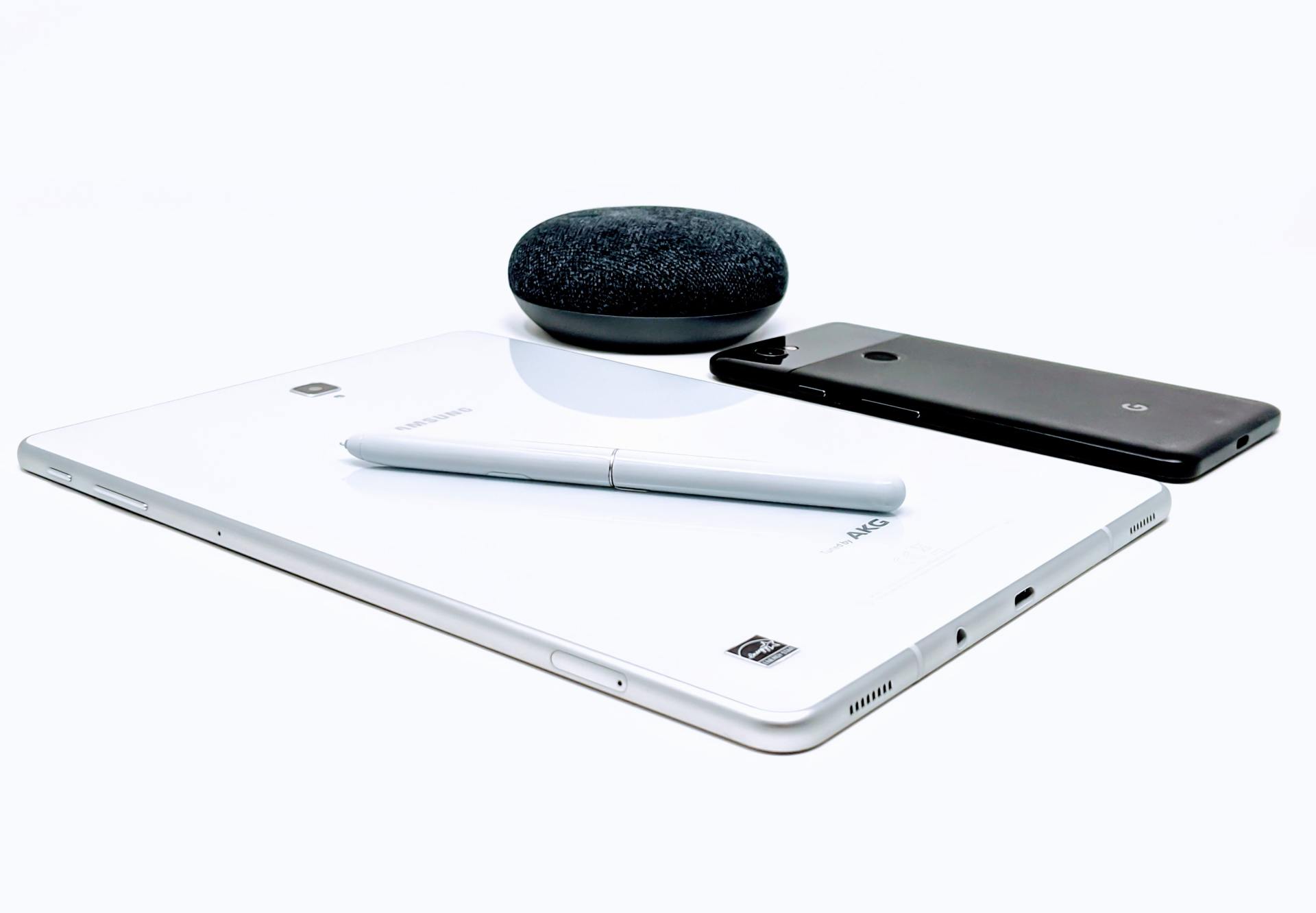Ideas for using email to boost your business
Email marketing is a great way to get in touch with customers and boost sales.
As other trends come and go, email remains a good source of traffic and sales. And the good news is, it’s cheaper than a lot of other forms of marketing too.
But your customers and potential customers can have too much of a good thing. If your emails get too similar, they will stop opening them – and stop buying. How do you stop your emails from getting boring and keep your customers engaged and spending?
Luckily, there is more than one type of marketing email. In fact, there are literally hundreds of types of marketing email. It’s all about keeping them personalised, keeping them timely and making sure you give the customer want they want – from exclusive discounts to free delivery.
Photo by Georgia de Lotz on Unsplash
Here’s just a few ideas for using email to boost your business:
Engagement email
This should offer something that your customer can’t ignore, like free delivery or a free gift.
Refer a friend
Whether it’s a friend or family member, if your customer refers someone and you get a sale out of it, they deserve a discount or a free gift themselves. And hopefully you will gain another repeat customer from the referral.
Thank you email
A few days after they have placed an order, send your customer a thank you. Don’t forget to include a special offer to entice them back to your site.
Photo by Hanny Naibaho on Unsplash
Product launch email
Whether it’s a new product, a new style or a new range, your customers will want to know about it. Send out an email about your latest products and encourage your existing customers to be the first to snap them up.
Curated email
This is where you can get really personal. If your customer likes necklaces, offer them the earrings to match. If they’ve bought a skirt and top, let them know about the shoes which would really finish the outfit off.
Photo by saskia fairfull on Unsplash
Brand email
Do you sell well-known and popular brands? Let your customers know with an email, to make sure they shop for those brands with you rather than a competitor.
‘Come back’ email
Not heard from your customer for a while? Tell them that you miss them, remind them that you’re still stocking great products at a great price and give them a special offer to encourage them to go back to your site.
Photo by Obi Onyeador on Unsplash
Abandoned cart email
It’s not unusual for a customer to abandon an online shop halfway through, but that doesn’t mean that all is lost. An email reminding them of what is in their cart, and suggesting something else they might want to add, will recover around 15% of sales which would otherwise have been lost.
Birthday email
Help your customers celebrate their birthdays with an exclusive discount, whether for the month, the week or just the big day itself.
Photo by Joyce Adams on Unsplash
Weather email
Sometimes it pays to react to what’s going on in the world around you. Whether it’s unusually hot, cold or wet, your customers might suddenly realise they need more suncream, a new umbrella or a new coat. Make sure you’re the first to let them know that you’ve got them covered, whatever the weather.
Top customer email
If they’ve shopped with you five, 10 or 20 times, your customers deserve a reward. Offer them a discount to say thanks for their loyalty.
Photo by Cytonn Photography on Unsplash
Still need more ideas?
You can also try videos and GIFs to engage your customers; you can encourage them to review your products online; encourage them to follow you on social media to build your own following; highlight top selling or limited edition products; and don’t forget to tie in your emails to every seasonal event from Easter to Halloween and Mother’s Day to Christmas.
Always make your subject lines are nice and clear to encourage customers to open your emails.
Send your emails out in the evening – 20% more emails are opened between 8pm and midnight.
And more emails opened means more sales.
Find out more about the incredible companies we work with here and contact us to see how we can help with your website.
More Posts.












